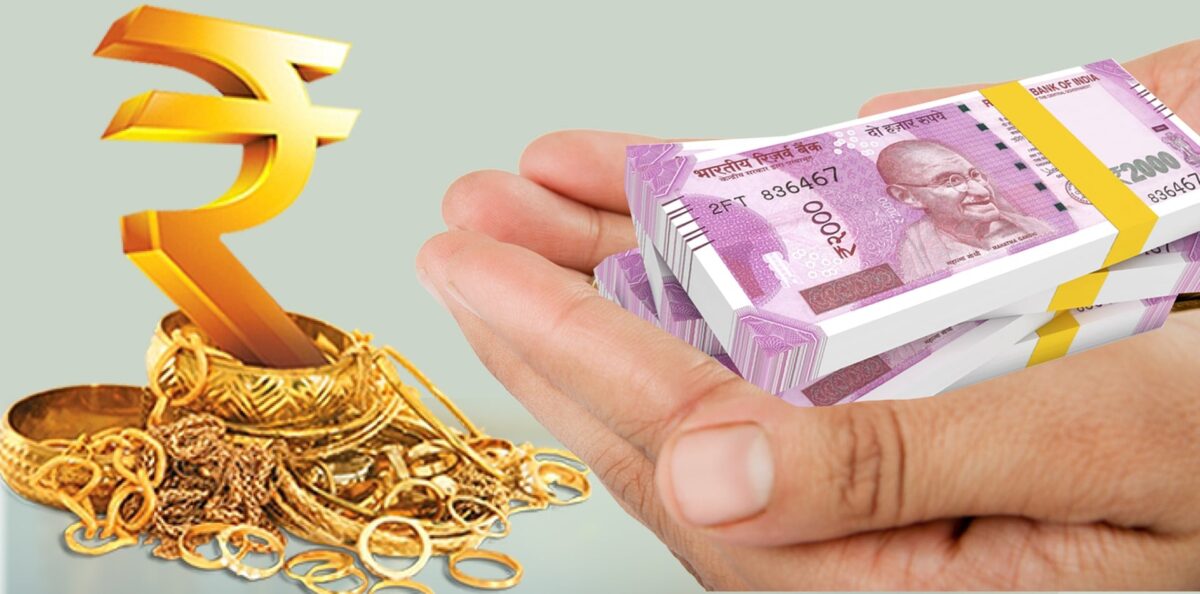In today’s financial landscape, many individuals are looking to leverage their assets to secure loans in times of need. One of the most accessible and beneficial options available is a gold loan. This type of loan allows borrowers to use their gold assets as collateral, offering a swift way to attain funds without needing to liquidate their treasured possessions. A frequent question posed by potential borrowers is: “What is the maximum gold loan amount you can avail today?” This article aims to shed light on this query, while also exploring related aspects like gold karat and purity.
Understanding Gold Loans
Gold loans are short-term loans provided by financial institutions in exchange for gold items like jewelry. As gold is considered a stable and globally recognized asset, it serves as ideal collateral. The flexibility and security afforded by this lending method make it particularly attractive to borrowers in urgent need of funds.
Factors Influencing the Maximum Gold Loan Amount
Several factors determine how much a borrower can avail through a gold loan. Let’s delve into the primary and secondary elements influencing the maximum gold loan amount.
1. Gold Karat and Purity
The valuation of gold significantly impacts the loan amount. Gold karat refers to the purity of the gold. The higher the karat, the purer the gold. Gold is commonly measured in 24, 22, 18, and 14 karats, with 24-karat gold being the purest form.
When assessing the amount of loan you can avail, lenders examine the gold karat and purity of the gold being pledged. Generally, purer gold (higher karat) can fetch a higher loan amount per gram. For instance, 24-karat gold will typically provide a greater valuation compared to 18-karat gold, allowing for a higher loan limit.
2. Current Gold Market Price
The prevailing market price of gold is another crucial factor in determining the loan amount. Gold prices fluctuate based on national and international economic factors. Understanding current gold rates will help you estimate the potential loan amount. Financial institutions adjust the maximum loan amount regularly in accordance with these market shifts to ensure accurate valuations.
3. Lender’s Policies
Lenders implement specific policies regarding gold loans. Each financial institution defines its own terms, including the loan-to-value (LTV) ratio, which dictates the percentage of the gold’s value that can be given as a loan. As per the Reserve Bank of India (RBI) guidelines, lenders in India typically offer an LTV ratio of up to 75%. This means for gold worth ₹100, you can receive a maximum loan of ₹75.
However, these policies can vary, with certain lenders offering different ratios based on their customer profiles, risk assessments, and promotional offerings. Always review different lenders to compare maximum gold loan amounts and choose the one that aligns with your needs.
4. Weight of the Gold Asset
The overall weight of the gold asset directly impacts the loan amount. More gold weight generally equates to a higher loan value. Lenders calculate the weight after deducting the stones or other metals that might be part of the jewelry, focusing solely on the pure gold weight.
Availing the Maximum Gold Loan Amount
Now that we understand the influencing factors, let’s explore some strategic steps to maximize the loan amount:
Evaluate Your Gold Assets
Start by evaluating the karat and purity of your gold. Ensure it is appropriately documented and appraised. Many jewelers provide certification or purity assessment, which can be useful while negotiating with lenders.
Monitor Gold Market Trends
Keeping an eye on gold price trends enables borrowers to avail the loan at an opportune time, maximizing potential loan amounts. Consider economic reports or financial advising services that provide regular updates on gold market dynamics.
Select a Reputable Lender
Research and select lenders that offer favorable terms and conditions. Comparing loan rates, services, and LTV ratios among various institutions can help secure better deals.
Negotiate with Lenders
While policies are often standardized, there is room for negotiation. If you have a long-standing relationship with your lender, they might offer better terms, higher LTV ratios, or reduced interest.
Secondary Considerations
It’s essential to acknowledge other guidelines and considerations involved with gold loans:
– Term Duration: Gold loans are typically short-term, with averages ranging from a few months to two years. Understanding these durations can aid in planning and repaying strategically.
– Interest Rates: The interest rate on gold loans is generally lower compared to personal loans, but vary between lenders. Analyzing them is crucial to avoid unnecessary costs.
– Foreclosure: Ensure comfort with foreclosure terms. While reassuring, consider how they align with your repayment capabilities.
Conclusion
Gold loans offer a financially savvy solution for those possessing gold who are in need of immediate funds. By understanding the maximum gold loan amount’s influencing factors, borrowers can unlock the greatest potential from their golden assets. Gold karat and purity, current market values, lender policies, and asset weight all play pivotal roles in determining this amount. Armed with this knowledge, borrowers can make informed and strategic decisions when securing a gold loan.
Utilizing gold’s enduring value expertly can enhance financial convenience during challenging times, blending tradition with modern needs. As gold remains a cherished possession worldwide, exploring its potential through maximum loan amounts signifies a prudent approach to contemporary financial management.





